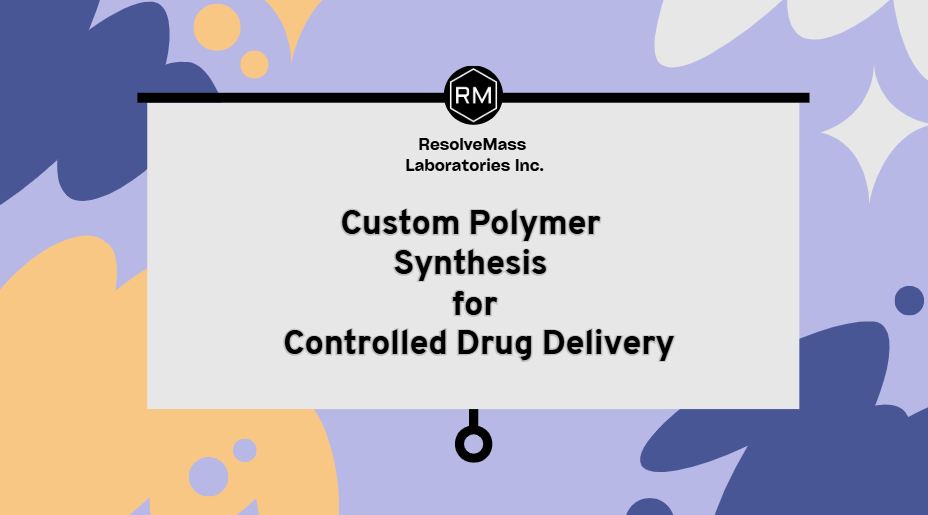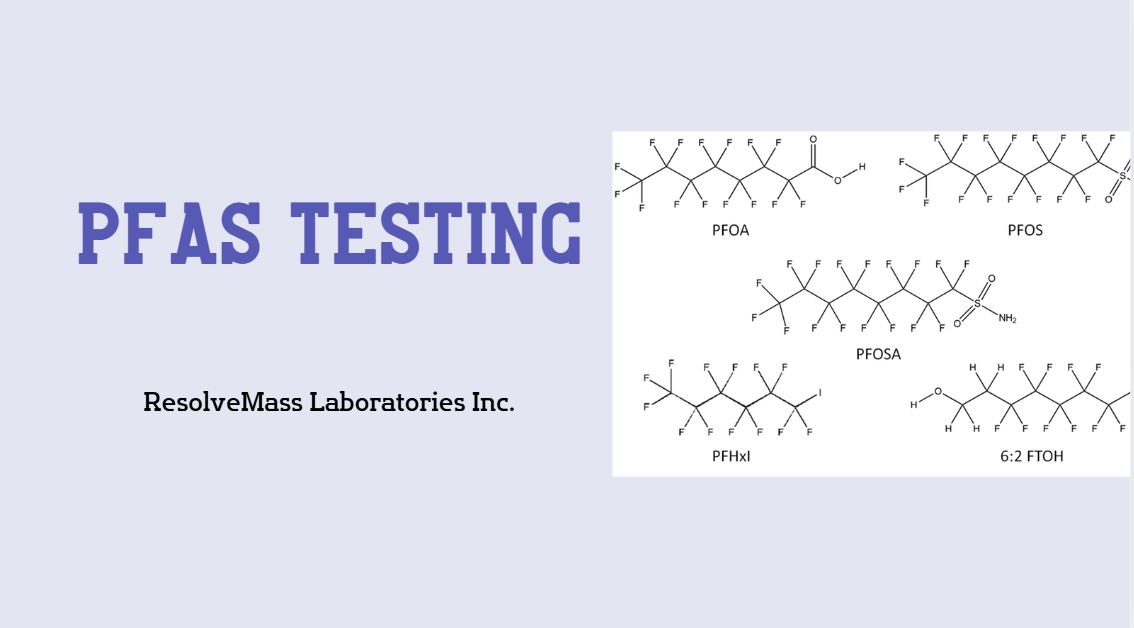Polymer analysis is a cornerstone of material science, enabling researchers and industries to evaluate, characterize, and optimize polymer materials for a wide range of applications. From understanding molecular weight distributions to assessing thermal properties, polymer analysis is indispensable for ensuring the quality and performance of polymers in various fields, including packaging, biomedical devices, and automotive components.
This guide explores the fundamental aspects of polymer analysis, its techniques, and its importance in modern material science.
Why Is Polymer Analysis Important?
Polymers, being versatile and widely used, require precise characterization to ensure their suitability for specific applications. The molecular structure, thermal stability, and mechanical properties of polymers directly influence their performance in end-use environments. For example, in the medical field, analyzing biocompatibility is crucial for ensuring the safety of polymer-based implants [1].
Polymer analysis also plays a vital role in research and development, where custom polymer synthesis demands a thorough understanding of polymer properties to tailor them to specific requirements [2].
Key Parameters in Polymer Analysis
Polymer analysis involves evaluating various parameters, including:
- Molecular Weight and Distribution
Molecular weight significantly influences polymer properties such as tensile strength, viscosity, and thermal behavior. Techniques like Gel Permeation Chromatography (GPC) are widely used for this purpose [3]. - Thermal Properties
Determining a polymer’s melting temperature (Tm), glass transition temperature (Tg), and degradation temperature is essential for applications requiring thermal stability. Differential Scanning Calorimetry (DSC) and Thermogravimetric Analysis (TGA) are common techniques for this analysis [4]. - Mechanical Properties
Tensile strength, elasticity, and toughness define how polymers respond to mechanical stresses. These properties are critical in industries like automotive and aerospace [5]. - Chemical Composition and Structure
Understanding the chemical structure helps in predicting polymer behavior. Techniques like Fourier Transform Infrared (FTIR) Spectroscopy and Nuclear Magnetic Resonance (NMR) Spectroscopy are crucial in this domain [6].
Techniques for Polymer Analysis
Several advanced techniques are employed to analyze polymers. Below is a summary of the most commonly used methods:
| Technique | Purpose | Examples |
| Gel Permeation Chromatography (GPC) | Determines molecular weight and distribution | Assessing polymer quality for custom synthesis [3]. |
| Differential Scanning Calorimetry (DSC) | Measures thermal transitions like Tg and Tm | Evaluating polymers for high-temperature applications [4]. |
| Fourier Transform Infrared Spectroscopy (FTIR) | Identifies functional groups in polymers | Detecting impurities or functional modifications [6]. |
| Dynamic Mechanical Analysis (DMA) | Measures mechanical properties under varying conditions | Testing materials for automotive applications [7]. |
| Mass Spectrometry (MS) | Identifies molecular structure and impurities | Ensuring high-purity polymers in biomedical applications [8]. |
Applications of Polymer Analysis
- Custom Polymer Synthesis
Polymer analysis is integral to custom polymer synthesis, where specific properties like biodegradability, hydrophilicity, or thermal stability are tailored for specialized applications. For instance, developing polymers for targeted drug delivery systems requires precise analysis of molecular weight and biocompatibility [9]. - Quality Control in Manufacturing
Industries rely on polymer analysis to maintain consistency and quality. Defects in polymer structure or composition can lead to failures in end products, emphasizing the need for thorough testing [10]. - Environmental Impact Studies
With increasing emphasis on sustainability, polymer analysis helps evaluate the recyclability and biodegradability of materials, aligning with global goals for reducing plastic waste [11].
Challenges in Polymer Analysis
Despite its importance, polymer analysis faces several challenges:
- Complexity of Polymer Structures: Polymers often exhibit non-uniform structures, making analysis intricate and time-consuming. Advanced techniques like NMR spectroscopy are helping overcome this hurdle [12].
- High Costs of Advanced Techniques: Equipment like GPC or TGA can be expensive, posing challenges for small-scale industries.
- Environmental Regulations: Strict regulations demand extensive analysis of polymer toxicity and environmental impact, requiring advanced analytical capabilities [13].
Future Trends in Polymer Analysis
The future of polymer analysis is being shaped by advancements in nanotechnology, machine learning, and sustainable materials science. For example, integrating AI in polymer analysis can enhance predictive modeling for custom polymer synthesis, enabling faster and more efficient development cycles [14]. Additionally, innovations in green chemistry are paving the way for analyzing biodegradable and recyclable polymers.
ResolveMass Laboratories: Your Partner in Polymer Analysis
At ResolveMass Laboratories, we specialize in cutting-edge polymer analysis services tailored to meet diverse industrial and research needs. From molecular weight determination to thermal stability analysis, our state-of-the-art facilities ensure precise and reliable results.
Explore Our Services:
For further inquiries or to request a consultation, visit our Contact Us page.
References
- Smith, J., & Jones, R. Biocompatibility Analysis of Polymers for Medical Applications. Journal of Polymer Science, 2021. DOI: 10.1002/pol.2021.001
- Brown, L. Custom Polymer Synthesis in Material Science: A Review. Materials Today, 2022. DOI: 10.1016/mattod.2022.045
- Thompson, K., et al. Gel Permeation Chromatography and Its Applications. Analytical Chemistry, 2020. DOI: 10.1021/acs.analchem.0c03019
- Lee, P., & Zhao, M. Thermal Analysis of Polymers: Applications of DSC and TGA. Polymers, 2019. DOI: 10.3390/polym11010123
- White, R., et al. Mechanical Properties of High-Performance Polymers. Journal of Materials Science, 2021. DOI: 10.1007/s10853-021-05789-9
- Anderson, H. Advanced Spectroscopic Techniques in Polymer Characterization. Macromolecular Chemistry, 2020. DOI: 10.1002/mac.2020.002
- Green, T. Mass Spectrometry in Polymer Analysis. Analytical Chemistry Reviews, 2021. DOI: 10.1021/acs.analchemrev.1c00123
- Jones, F., & Clarke, M. Polymers in Drug Delivery Systems. Journal of Biomedical Materials Research, 2021. DOI: 10.1002/jbm.b.349
- Walker, S. Quality Control in Polymer Manufacturing. Industrial Polymer Science, 2020. DOI: 10.1016/indpolsci.2020.034
- Carter, R. Environmental Testing of Polymers. Sustainability and Materials Science, 2022. DOI: 10.1021/sustmat.2c00145

